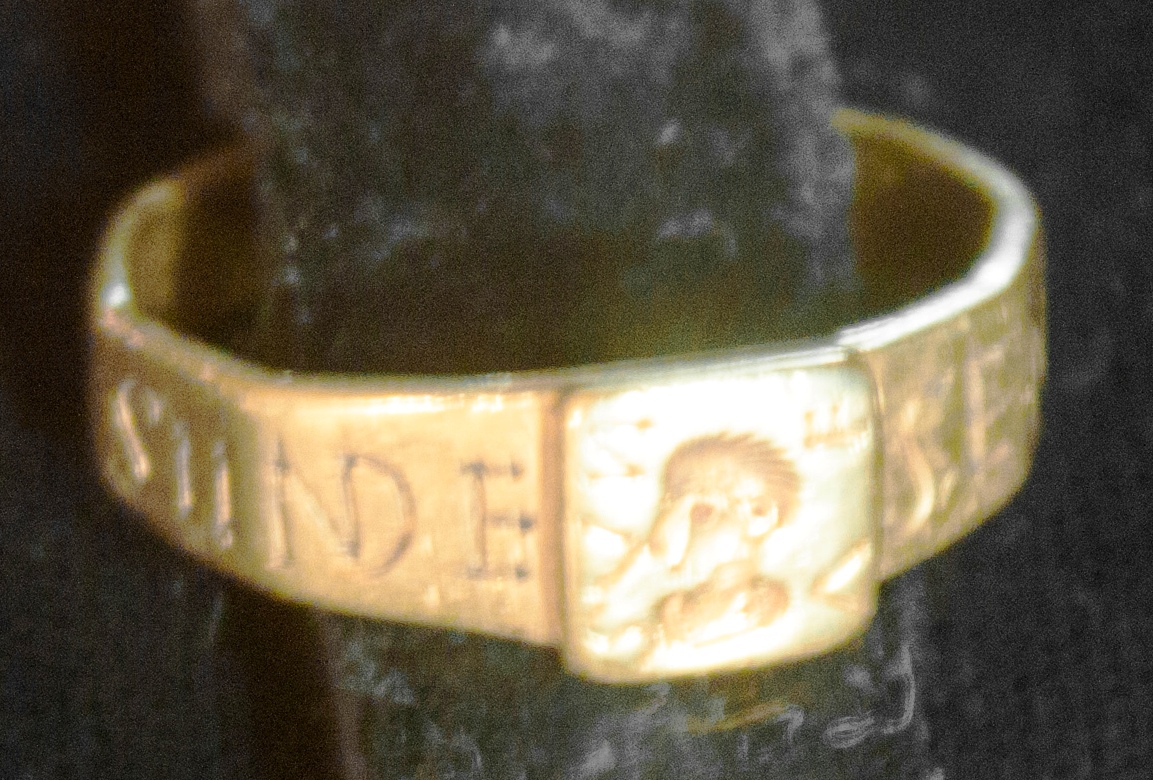
A tribute embedded in A Wizard of Earthsea? What happens if you want to translate the name of Ursula Le Guin’s world, Earthsea, into the Old Speech, the language of creation and magic there? Let’s see… 1/5
#tolkien #ursulaleguin @ursulaleguin @WorldsofUKL

#tolkien #ursulaleguin @ursulaleguin @WorldsofUKL


Well, A Wizard of Earthsea helps. The word for “sea” is easy. ‘“We call the foam on waves sukien: that word is made from two words of the Old Speech, suk, feather, and inien, the sea. Feather of the sea is foam.”’ 2/5
"Earth" is a little trickier: ‘“This is a rock; tolk in the True Speech,” he said, looking mildly up at Ged now. “A bit of the stone of which Roke Isle is made, a little bit of the dry land on which men live.”’ 3/5
So the stuff of the earth is called tolk and the sea is called inien. Put them together. Elide the middle syllable (as is done to produce sukien). What do you get? Tolkien! 4/5
This is just a guess, a hypothesis – unprovable but pleasing. Le Guin was a huge admirer of The Hobbit and The Lord of the Rings. “I have no idea how many times I have read it myself. I reread a great deal, but have lost count only with Dickens, Tolstoy, and Tolkien.” 5/5
• • •
Missing some Tweet in this thread? You can try to
force a refresh



